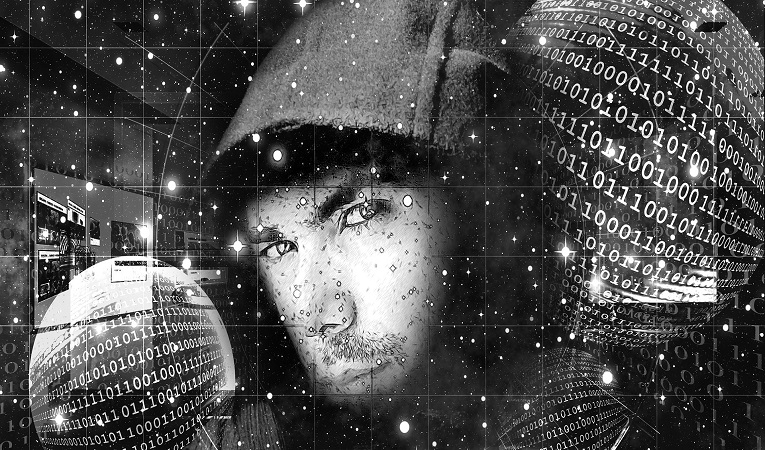
During the 1980s and 1990s, the Commodore Amiga computer platform was a vibrant and popular computer ecosystem, offering many creative and innovative video games for it’s users. However, the presence of copy protection mechanisms in many commercial games led to the emergence of “cracking” groups that sought to bypass these protections and make unauthorized copies of the software available to the public. We explore the techniques used to crack Amiga games, the impact of cracking on the demoscene and the broader gaming community, as well as the legal and ethical implications of cracking. To protect their intellectual property and combat software piracy, game developers and publishers incorporated various copy protection mechanisms into their Amiga games. These mechanisms made it difficult for users to duplicate or run unauthorized copies of the software. Disk copy protection was one of the methods involved creating custom disk formats, introducing bad sectors, or encoding the game data in non-standard ways. The goal was to prevent simple disk copying techniques used by casual users. Many games often required users to refer to information from the game’s manual or included documents to answer questions or perform tasks within the game.

This was intended to deter unauthorized copies lacking the necessary documentation. Some games even included custom code routines that would check for specific conditions, such as the presence of a particular file or dongle, before allowing the game to run. However, cracking groups employed reverse engineering to understand the copy protection methods employed in Amiga games. Skilled crackers disassembled the game’s executable code, examined how the protection routines worked, and then devised ways to bypass or remove them. Crackers also used specialized tools to create “disk images” of the original game disks, preserving their contents and copy protection. They would then apply patches to these images, making them run without the need for manual or copy protection checks. The demoscene, a community of computer enthusiasts(mostly based in Northeren Europe) focused on creating demos showcasing technical and artistic skills, was closely related to the Amiga cracking scene. Many crackers were also skilled demosceners, and the demoscene itself was a hotbed of creativity and technical prowess. Cracking groups distributed their cracked games through various means, including bulletin board systems (BBS), disk trading networks, and later, the internet. This facilitated the widespread availability of cracked games within the demoscene and the broader Amiga community. And despite being bad for business it kinda helped selling Amiga’s for Commodore. Crackers often added “cracktros” or “intros” to their cracked games. These short, visually impressive demos showcased the skills of the cracking group and served as a form of advertisement for their work. Cracking became a form of competition among different groups within the demoscene.

Skilled crackers would vie to be the first to crack a particular game and would release their cracked versions with unique and visually impressive cracktros. Some game developers and publishers pursued legal action against cracking groups and individuals involved in piracy. The legal battles raised awareness of the seriousness of software piracy and its potential consequences. In the end, cracking of Amiga games was a phenomenon born out of the interplay between copy protection mechanisms and the ingenuity of the demoscene. Skilled crackers used reverse engineering and creative programming to bypass copy protection, distribute cracked games, and showcase their skills through impressive cracktros and intros. While cracking raised legal and ethical concerns related to copyright infringement and revenue loss for developers and publishers, it also unintentionally contributed to the preservation of Amiga gaming history. In retrospect, the cracking era serves as a reminder of the challenges and complexities surrounding intellectual property rights in the digital age, and it remains an important part of the Amiga and demoscene history.














